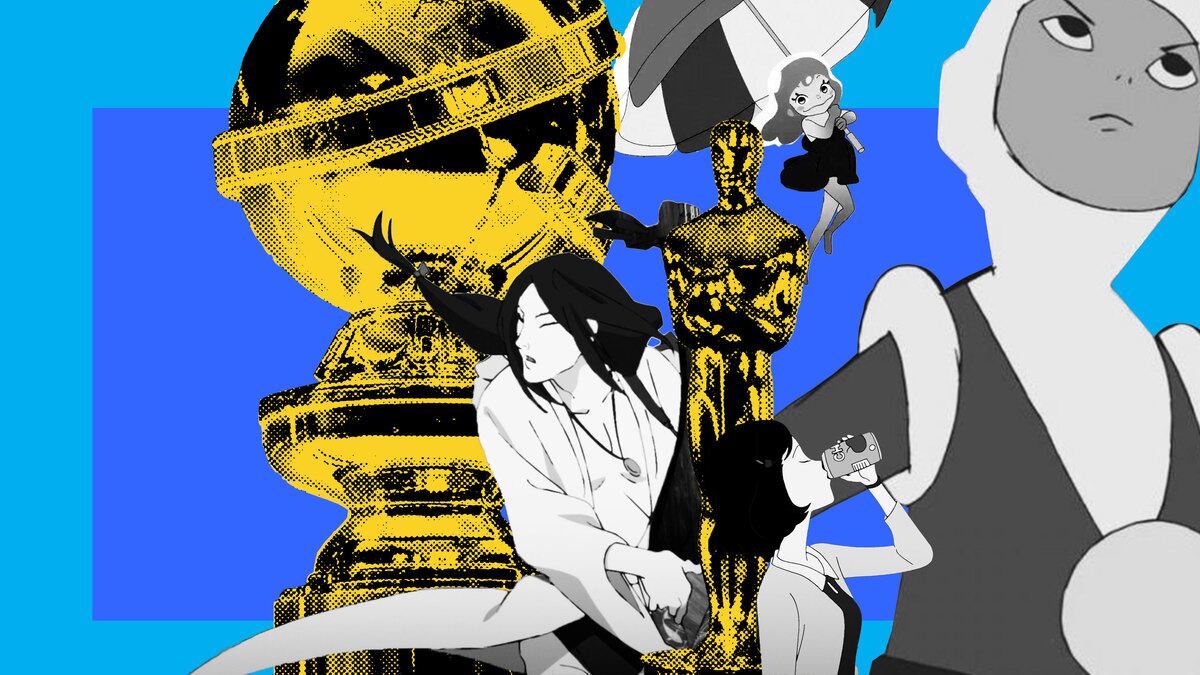Entertainment
Photo Illustration by Luis G. Rendon/The Daily Beast/GKids/Getty
The Reason Anime Always Misses Out at Awards Shows
PREDICTABLE
European and Asian studios have been pumping out widely acclaimed, commercially successful animated films for decades.

Trending Now





